PART ONE OF A TWO PART SERIES ON MY TRAVELS TO THE CHERNOBYL REGION, JULY 2019. PART TWO, Kessiworld review of Chernobyl experience, IS NOW LIVE.
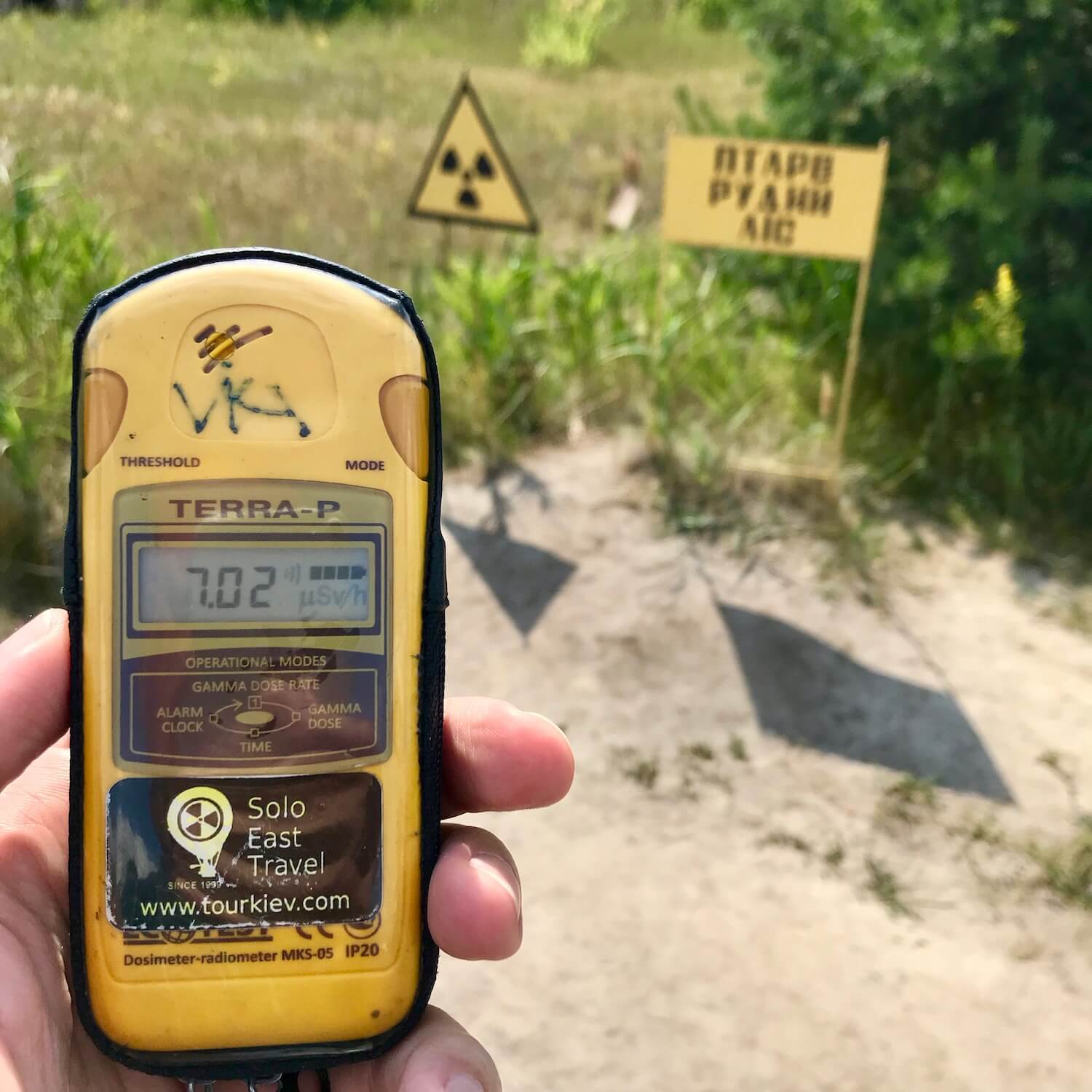
Part I: Why the interest?
A few weeks ago I found myself sleepless while traveling. After trying all the tricks to get back into REM, I finally pulled out my computer and started scanning through social media which dropped me into a rabbit hole that fed me a piece titled “the top 8 darkest travel destinations in the world.” Now, when I try to Google the article again I get places with low light, such as Barrow, Alaska. But that’s not the type of dark I’m speaking of.

The list spanned tragic, hallowed ground from the 9/11 memorial in NYC to the Killing Fields near Pnomh Penh in Cambodia. I’d been to them all except the Kigali Genocide Museum in Rwanda and Chernobyl. Last Sunday I visited Chernobyl, so I guess Rwanda is last on this dubious list.
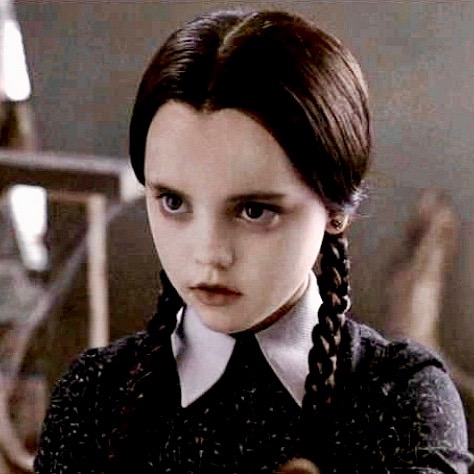
I might sound like Wednesday Addams, taking delight with suffering in the world, but that’s definitely not quite right. Perhaps it was seeing life and death first hand on the farm, but my interest in all examples of humanity, both bright and dark, were evident from an early age. Curiosity within me to learn more was very strong.
I was so enthralled with the sinking of the Titanic, for example, that I created a movie about the disaster for my 6th grade project. The elementary school version of me didn’t quite understand the draw, and there were definitely aspects of wonder about such an opulent vessel that served as a means of transportation and travel.
As I age and embrace my spirituality more I’m learning that these monuments across the globe represent more about life than death. Honoring, or warnings about, the human condition.
Contemporary American society seems to view death in a taboo way, which might lead us to feel depressed when thinking about millions of jews exterminated in death camps like Auschwitz. Or hundreds of thousand of Cambodians, especially the intelligent academic ones, lined up and shot for wearing glass and speaking French.
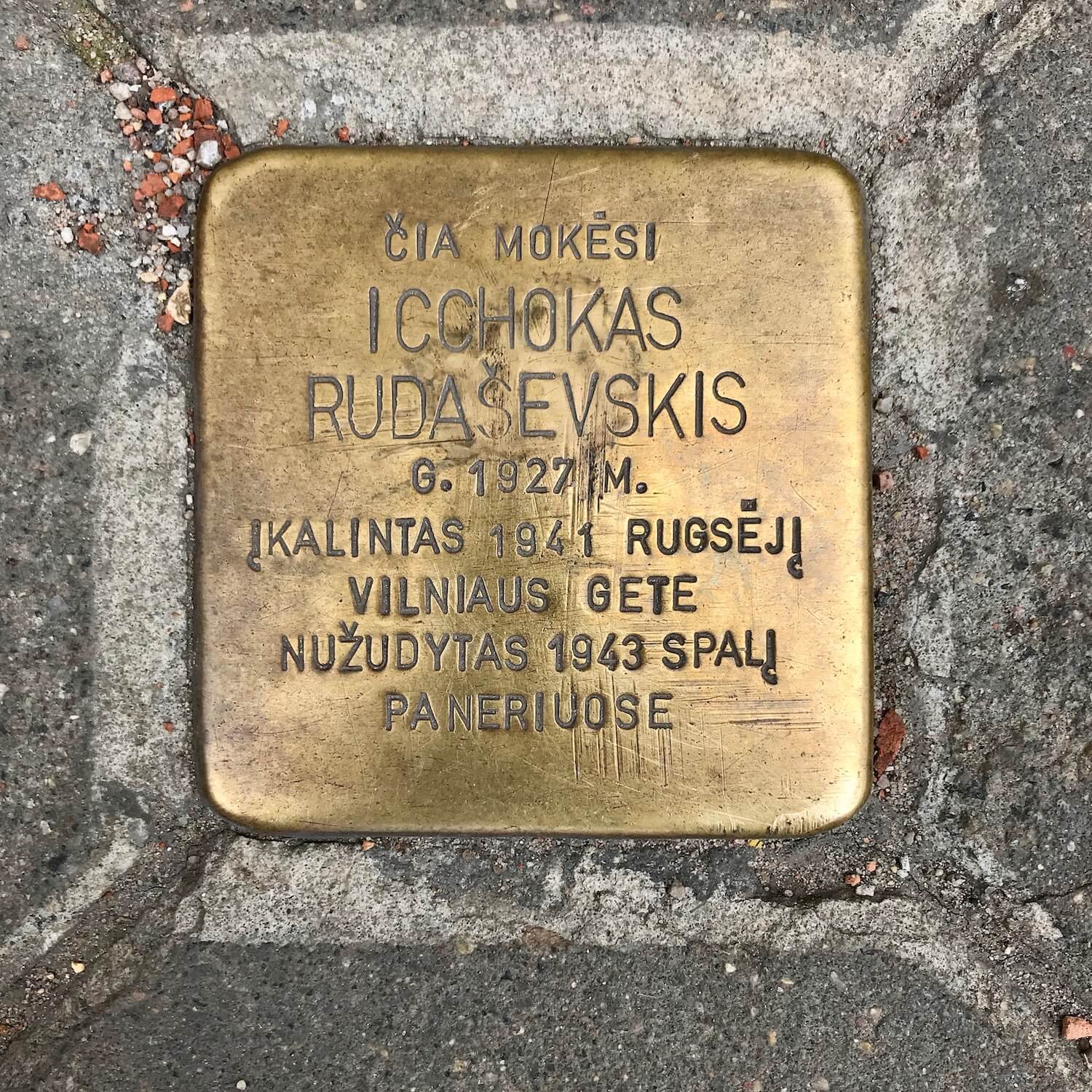
I don’t look at these examples in the same way. It doesn’t ruin my day. The knowledge and spirit seems to make me stronger. And in this space of high emotion my want is to honor the memory of those living before me and their sacrifices, whether voluntary or not.
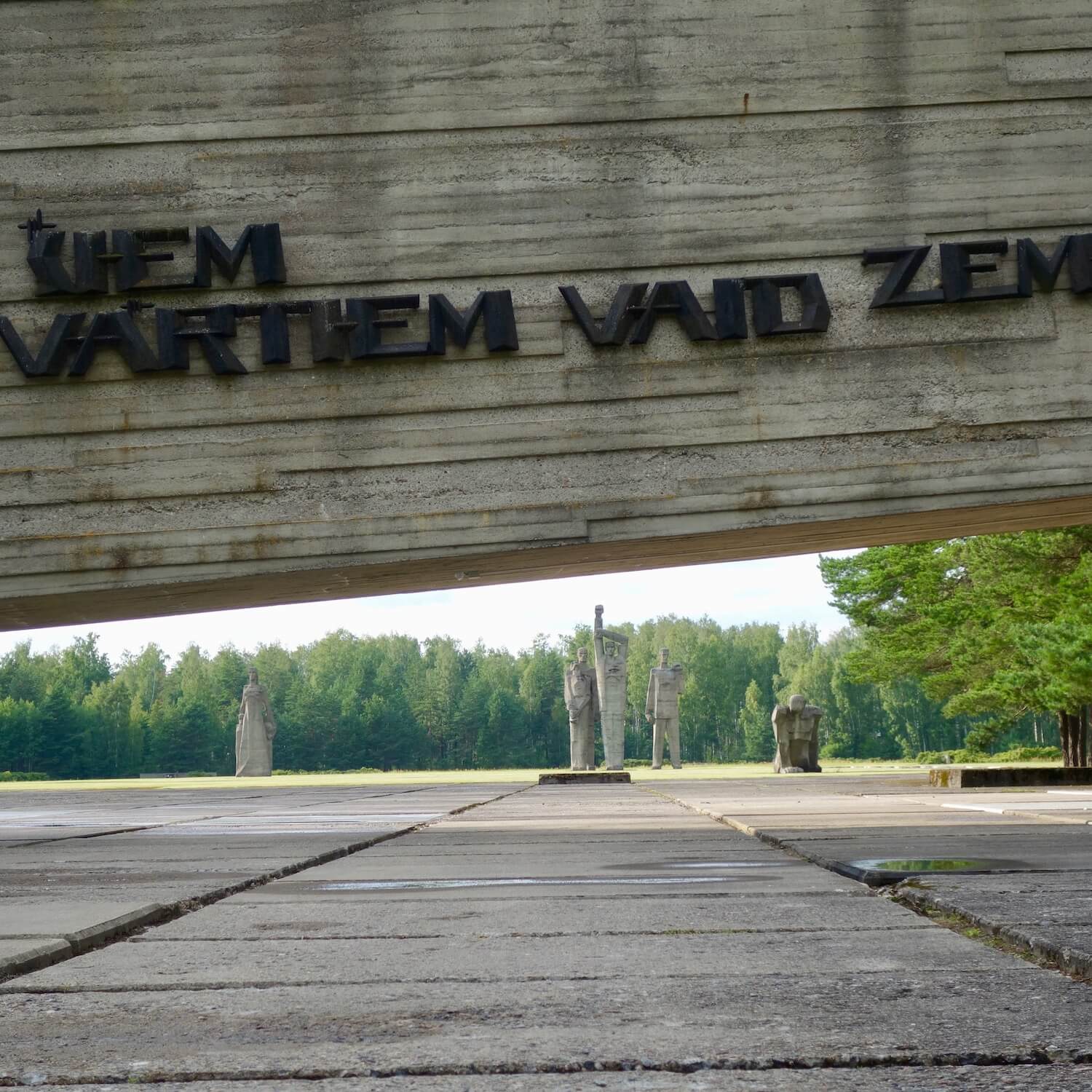
As you’d expect, many of these “dark” destinations are set up for reflection and emotions to run. The 9/11 memorial is very appropriately created to be poignant and let us never forget. For me, the thoughts and feelings beneath it all are usually very powerful and sometimes confusing.
I’ve been to the 9/11 memorial three times and still can’t seem to physically stay for more than 20 minutes.
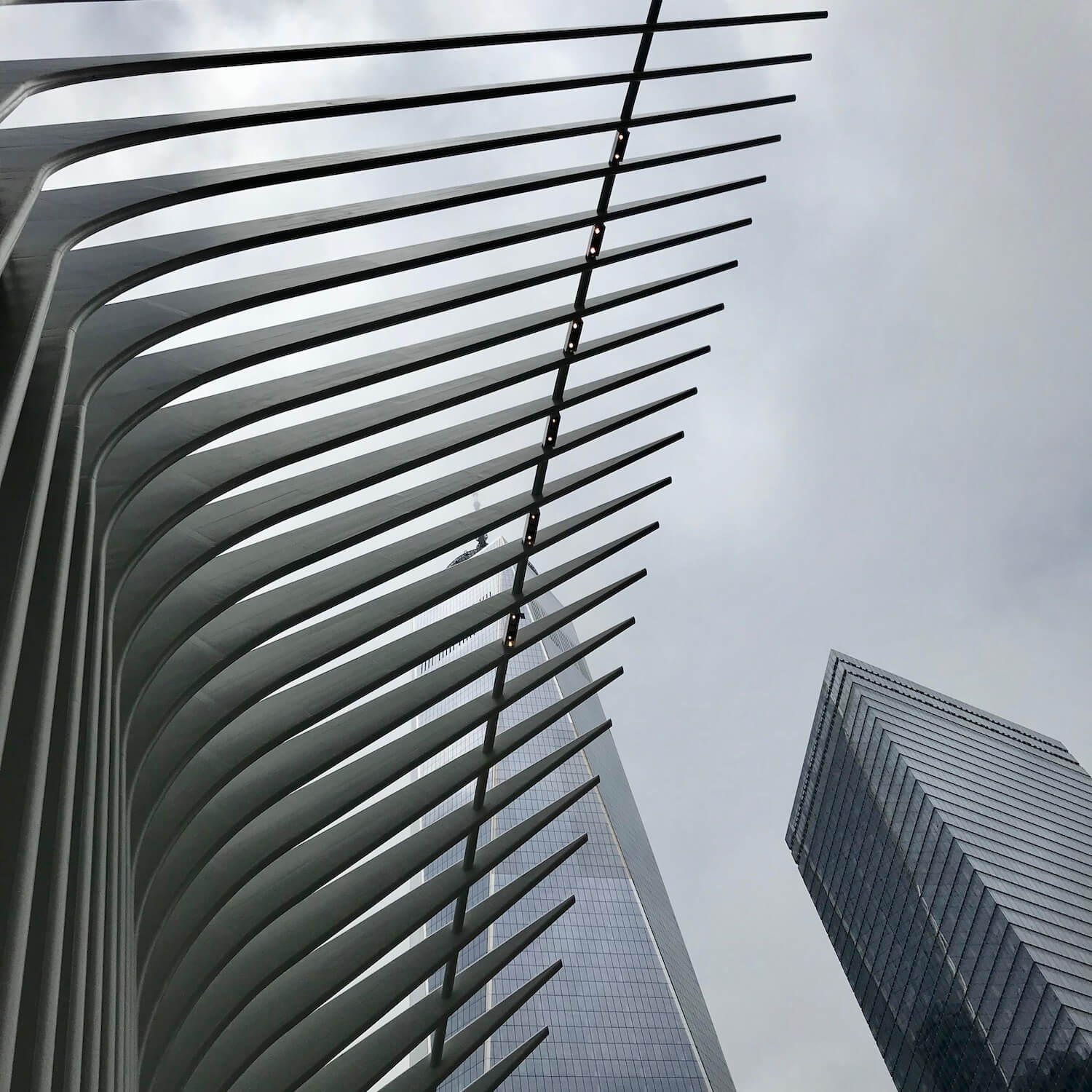
The initial feeling and thought is that memorials to genocides like Rwanda, Auschwitz and Cambodia are stark reminders that it can happen anywhere and at any time. Humankind is not immune to slippery slopes that can lead to such tragedies.
By honoring those who were lost, or living with the loss, maybe there is a kernel of hope to avoid future calamities in the world.
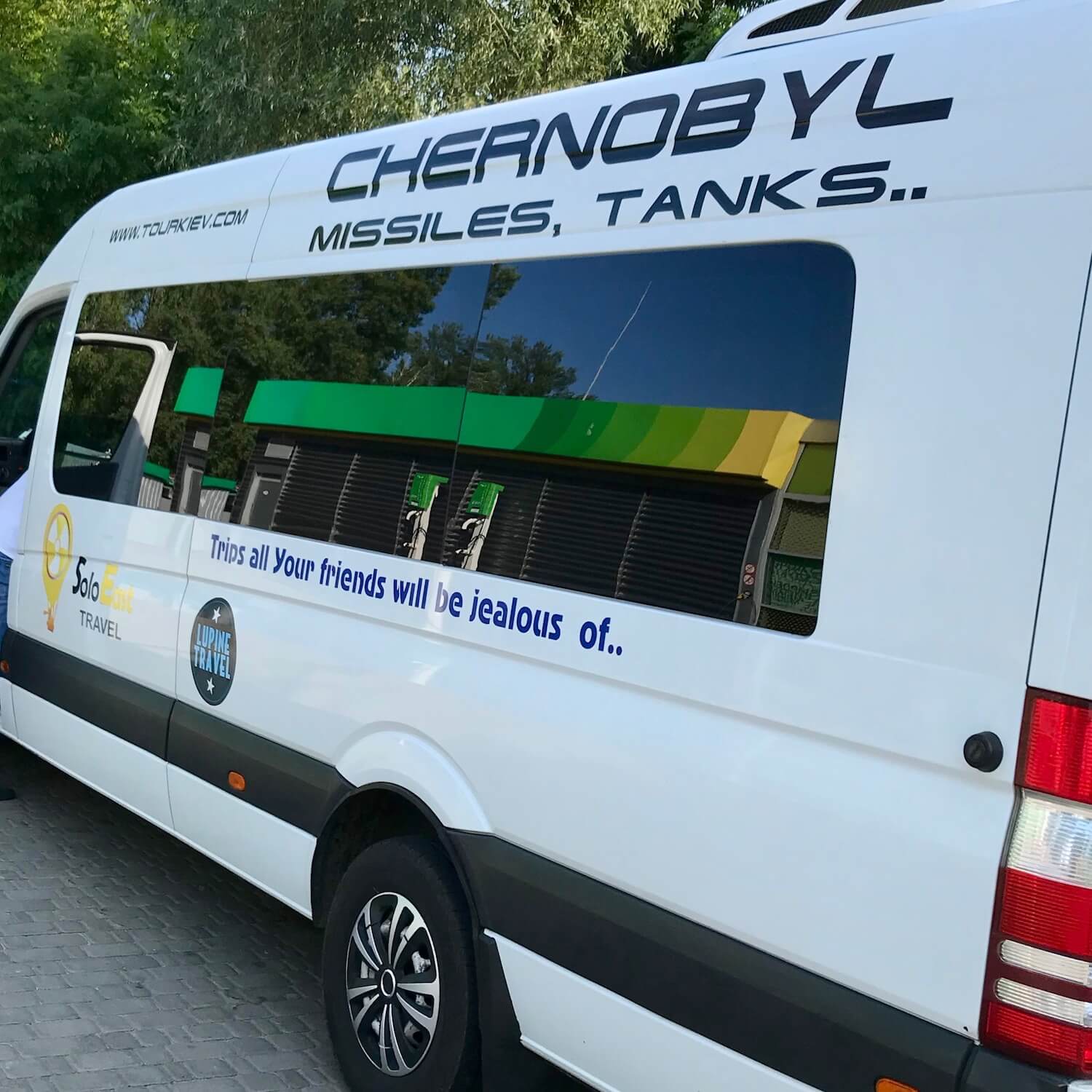
What does tourism around such places mean? Do people visit to get the right instagram selfie or cross something off a list? Do they understand the power of the setting? Does the reason even matter? Or perhaps, it’s just so personal to each person and too complicated to sum up?
Part II: Chernobyl again on the world stage
A new “dark” destination is up and running. Since the updated sarcophagus was placed over reactor #4 at Chernobyl in 2016, tours are available from Kiev in the Ukraine and other farther locations like Minsk and Vilnius. Maybe you’ve seen the HBO series Chernobyl, which I watched a few months ago.
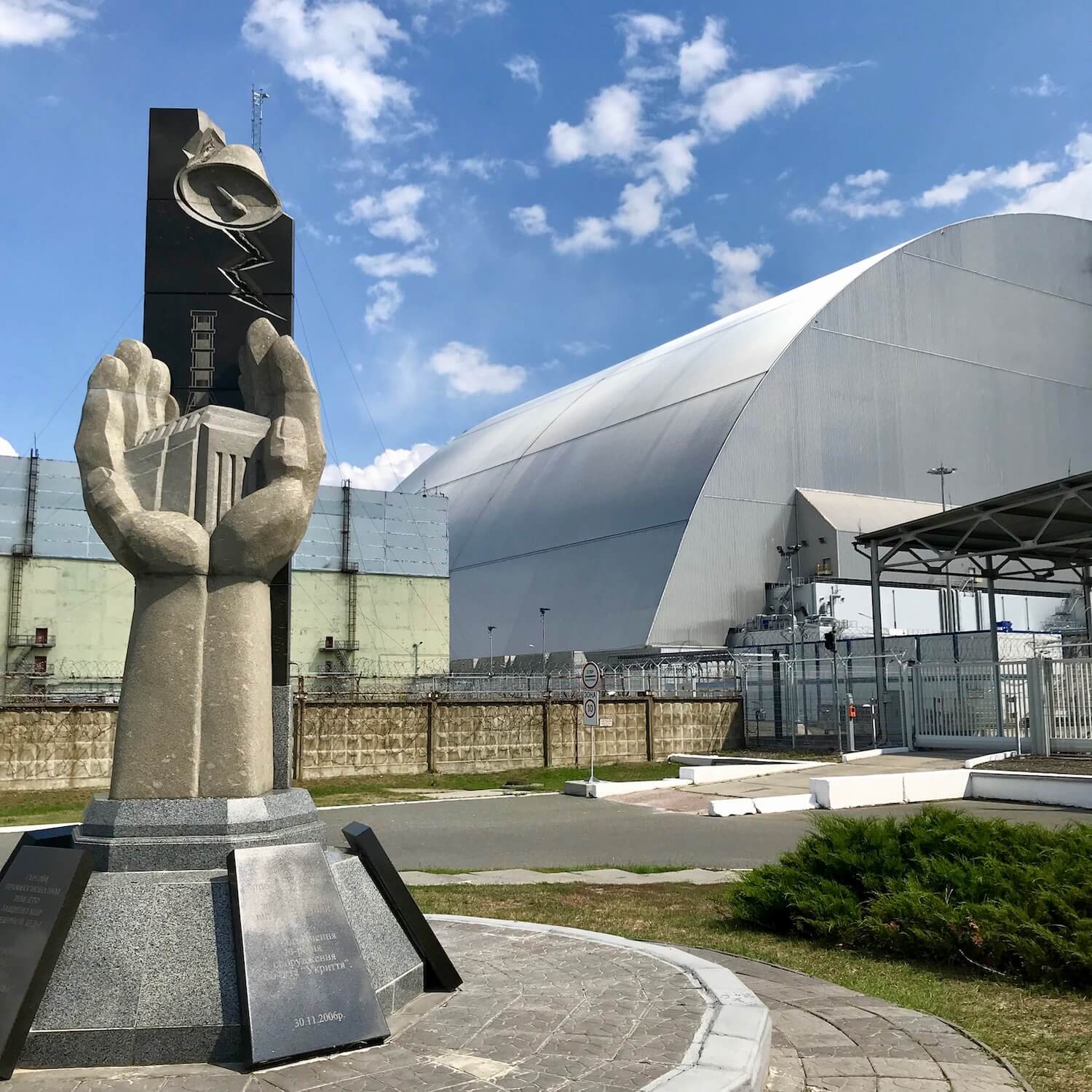
Along my recent bubbling through Eastern Europe I ended up in Kiev, Ukraine and made time for the day-long tour to Chernobyl. The Sunday in July was warm and beautiful and we were told to wear clothes and shoes that covered as much as possible. The trip used a mini bus for the 12 of us. Our guide and driver were both locals who had relatives known as “liquidators” during the Chernobyl crisis. A liquidator was involved in the cleanup process during the pinnacle of danger and for years later.
Yes, Chernobyl is hot hot hot right now. The HBO series brought this to the surface and now on social media there are people everywhere posting on this topic. Part of me was curious for the same reasons, and another part of me has always been fascinated with this event in history. After all, I was 13 when this all went down. Among many things, I was curious about the remaining apartment buildings and the famous carnival area, including the highly radioactive ferris wheel.
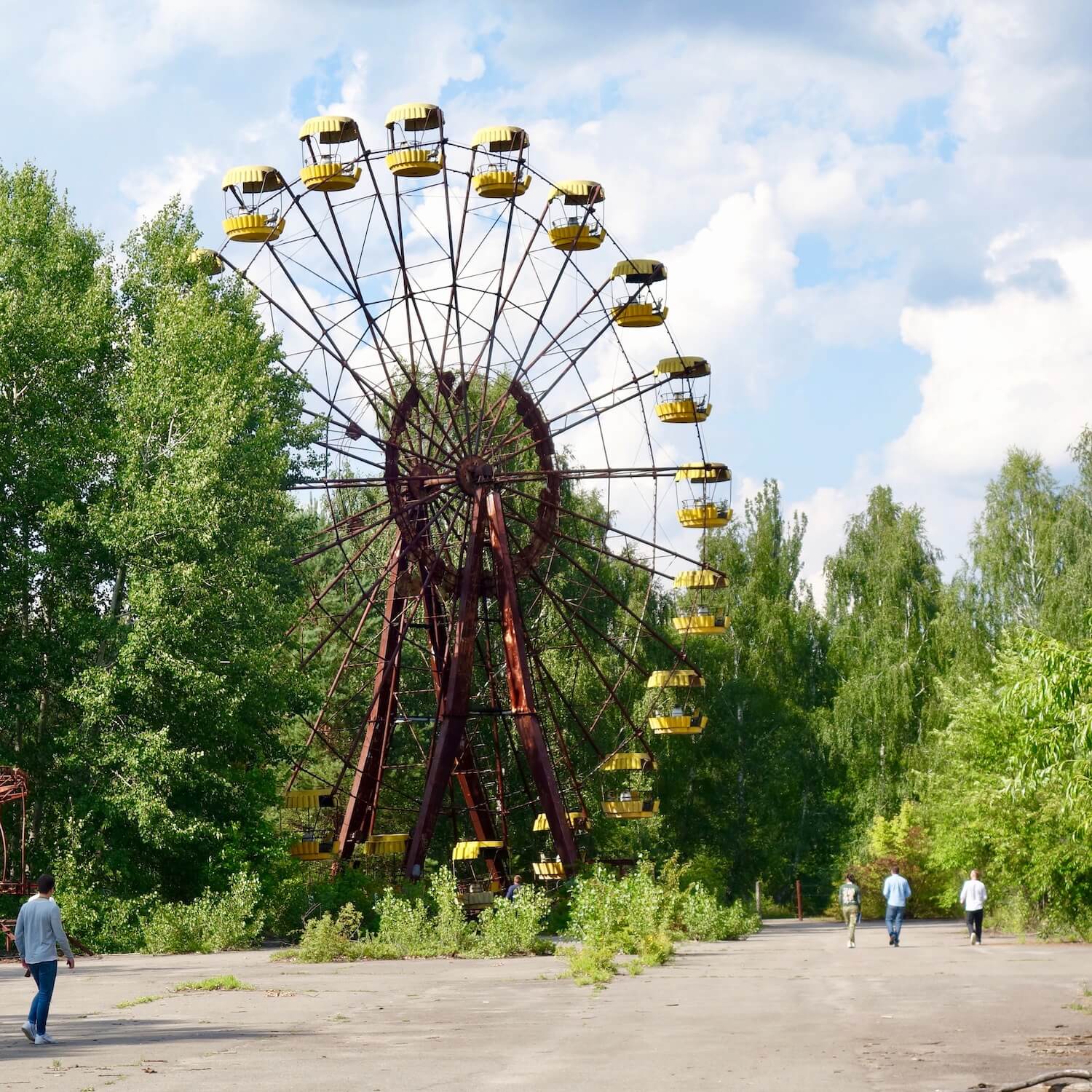
The day-long journey was amazing and worthy of its own write up, so part 2 of this blog, which explains more details of the tour, will be posted soon.
Part III: 1,000 square miles of monument
I should start this section by outlining that all the information I’ve encountered leads to a Soviet Union under pressure to show their power and efficiency to the world. The raw and hard push to build this Chernobyl settlement of nuclear plants, planned living communities and even a top-secret military installment was strong. On top of shoddy construction, a whole string of human decisions led to the disaster. It was completely preventable.

The accident demanded one quick decision after another to try to stay ahead of a global disaster. At the same time, the soviet government was immediately working to control the narrative. The true stories really weren’t released until well after the collapse of the iron curtain in the mid-nineties, so it’s likely (at the time) the general public never realized the precarious nature of this world event, especially after the news the initial fire was extinguished.
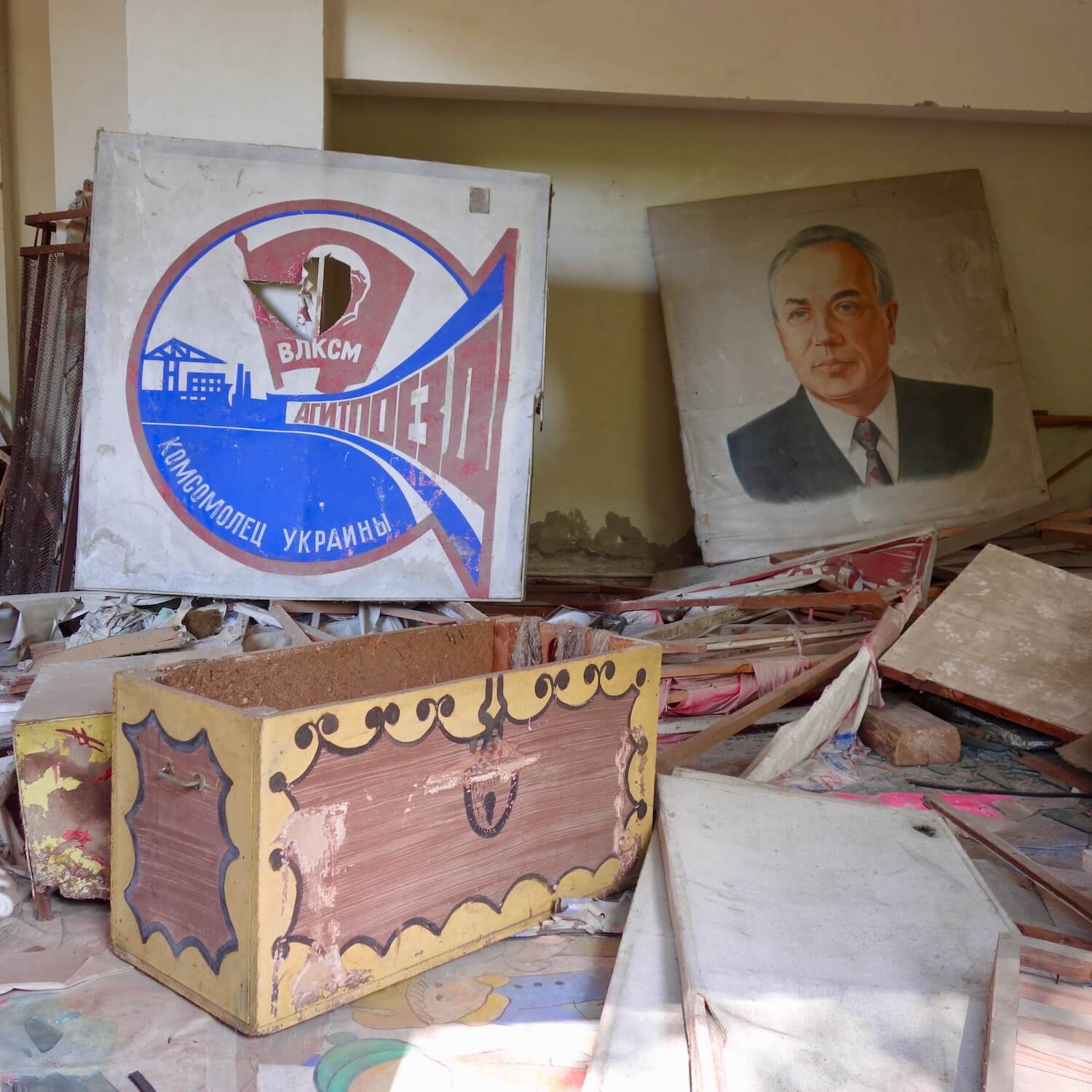
You could get a masters degree specializing in the whole history of what happened leading up to the early morning of April 26, 1986 and the weeks, months, and years that would follow, but what sticks with me is the fact that the initial steam explosion (not a radioactive one) left a burning radioactive core of magma that was seeping below the cheaply built foundation to a cooling supply of water, and below that a major aquifer for Kiev and the general entire country of Ukraine.
Now, I’m obviously not a nuclear physicist, but my tour revealed that if the hot magma hit the cool water a nuclear explosion 10 times the impact of Hiroshima would level the area around the reactor for hundreds of miles.
Eastern Europe was on the brink of extinction. The rest of the world on notice for clouds of nuclear pollution swimming around the atmosphere.
Miners from all across the USSR were dispatched to dig a tunnel under reactor #4 in order to create a concrete barrier that would prevent contact between the water and radioactive magma. They couldn’t use air conditioning because the outside air source was radioactive and it was 120 degrees in the tunnels, so the men worked almost naked, further exposing themselves to radiation when coming out of the tunnel. They were not told of the risk and many/most died from complications of the radiation in the months and years following.
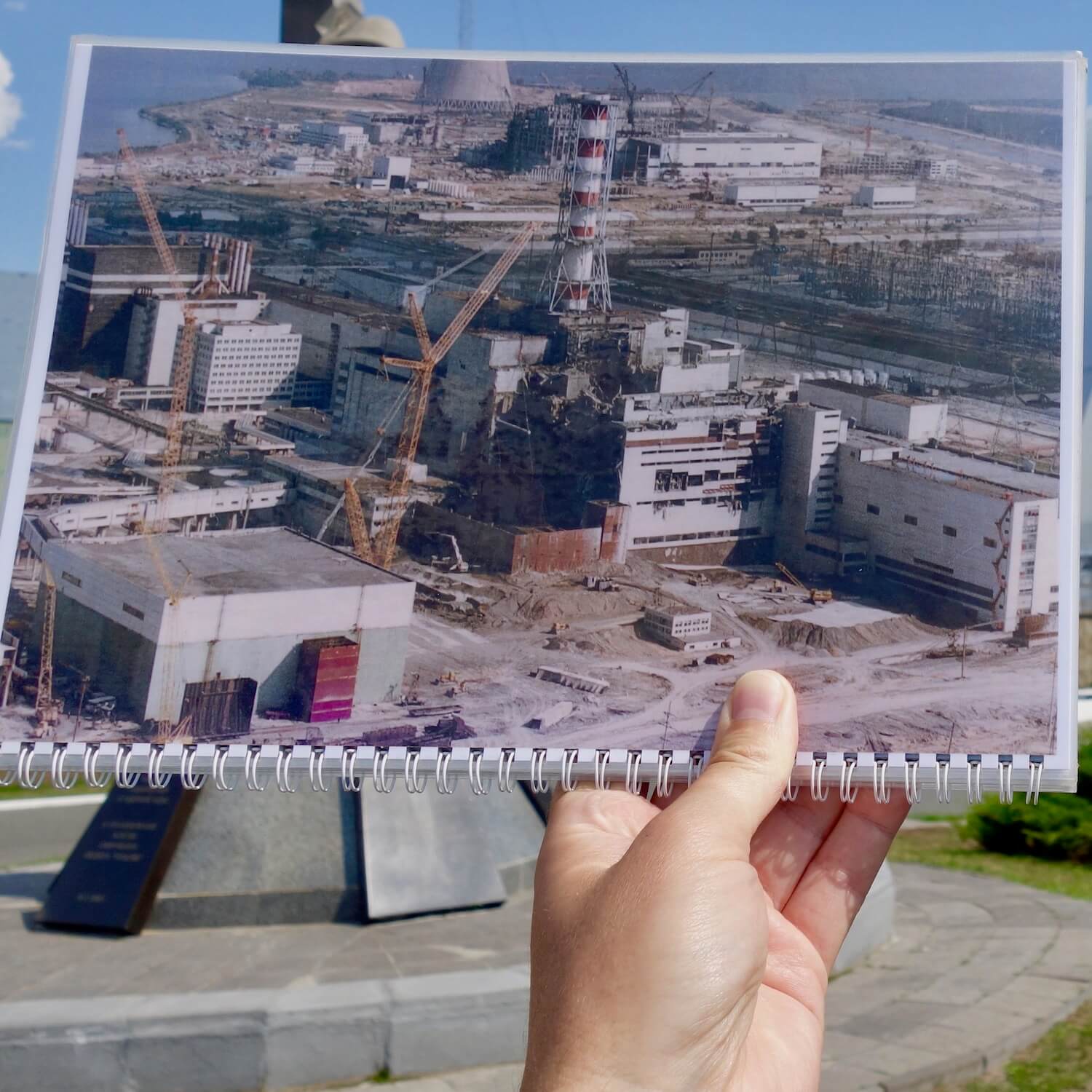
This is just one example of the scope of human factor involved in this disaster. These miners (and many others in different roles) were fighting not for their own lives, or the lives of fellow soviets, but for most of Europe. For the world. They were lied to about the risks, and rose to the challenges out of duty.
Every swing of a pic ax diminished their prospects of life even as the chances for the world improved.
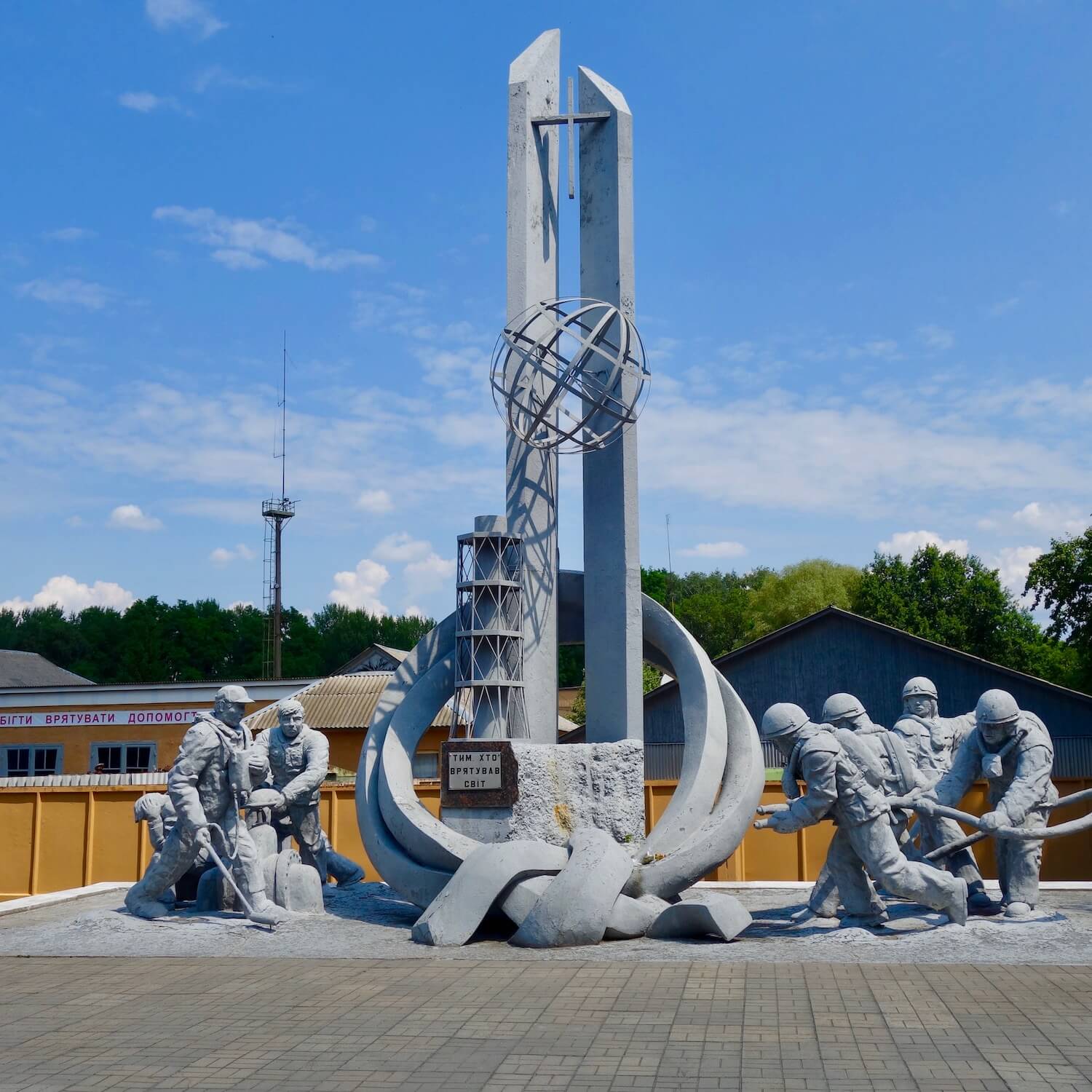
Quite a dilemma. Eastern Europe destroyed for 10,000 years or a few thousand people risking their lives. What would be the right choice? This is the element of humanity that still haunts me a few days after the visit. Overall estimates seem to point to +3,000 deaths associated with this event.
My visit was to honor these people and offer gratitude for their sacrifice.
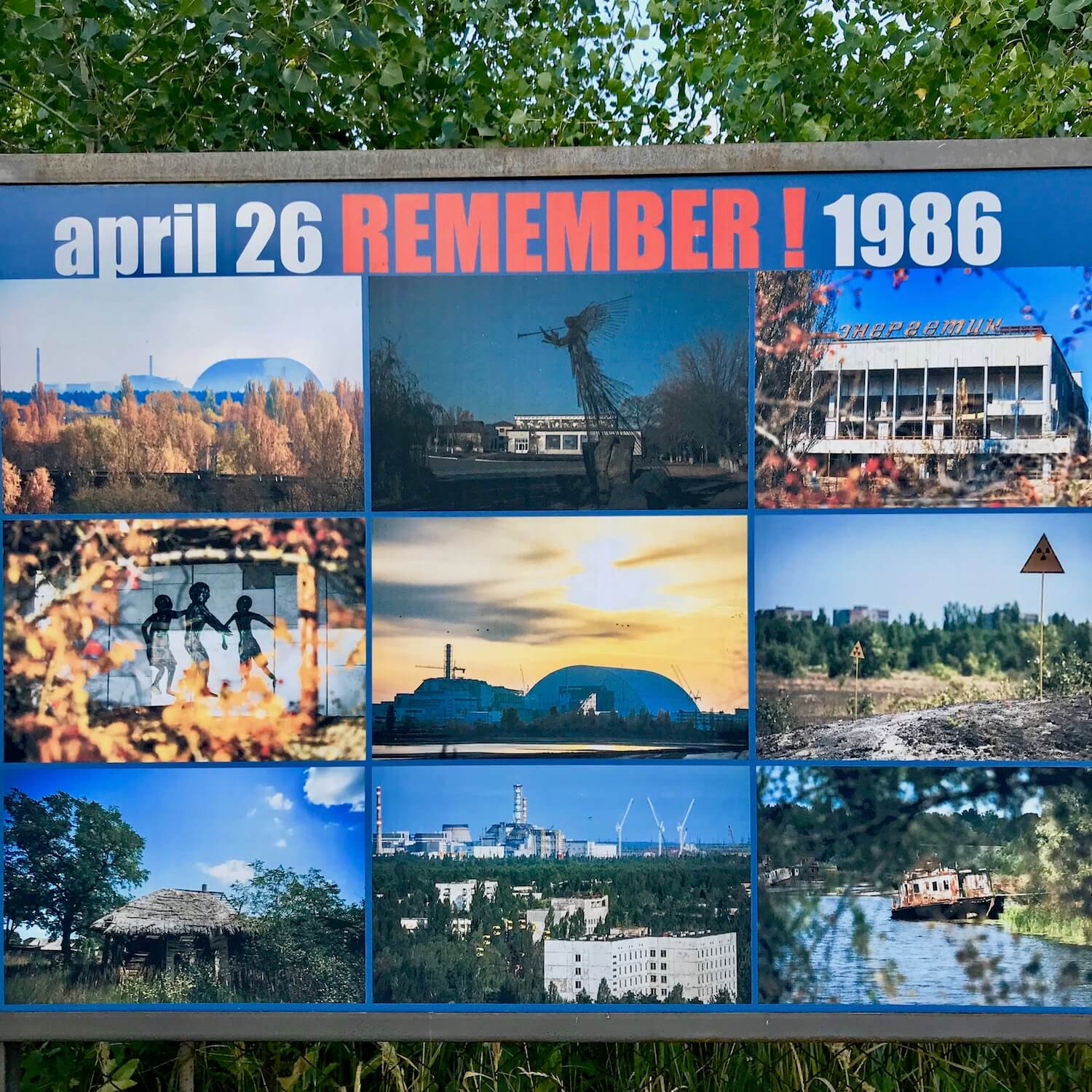
Chernobyl is an experience all within itself in that the entire disaster area is a monument honoring global action to come together and fight an enemy that knows no borders, colors, religions or ideologies. Radioactive dust spewing into the atmosphere impacts everyone and I can’t really think of another historical event requiring so much multi-national collaboration.

The Ukrainians and Belarussians bear the brunt of loss and contamination (Chernobyl is only a few miles away form the Ukrainian border with Belarus) but risk still exists for the world.
Part IV: Lessons for the world
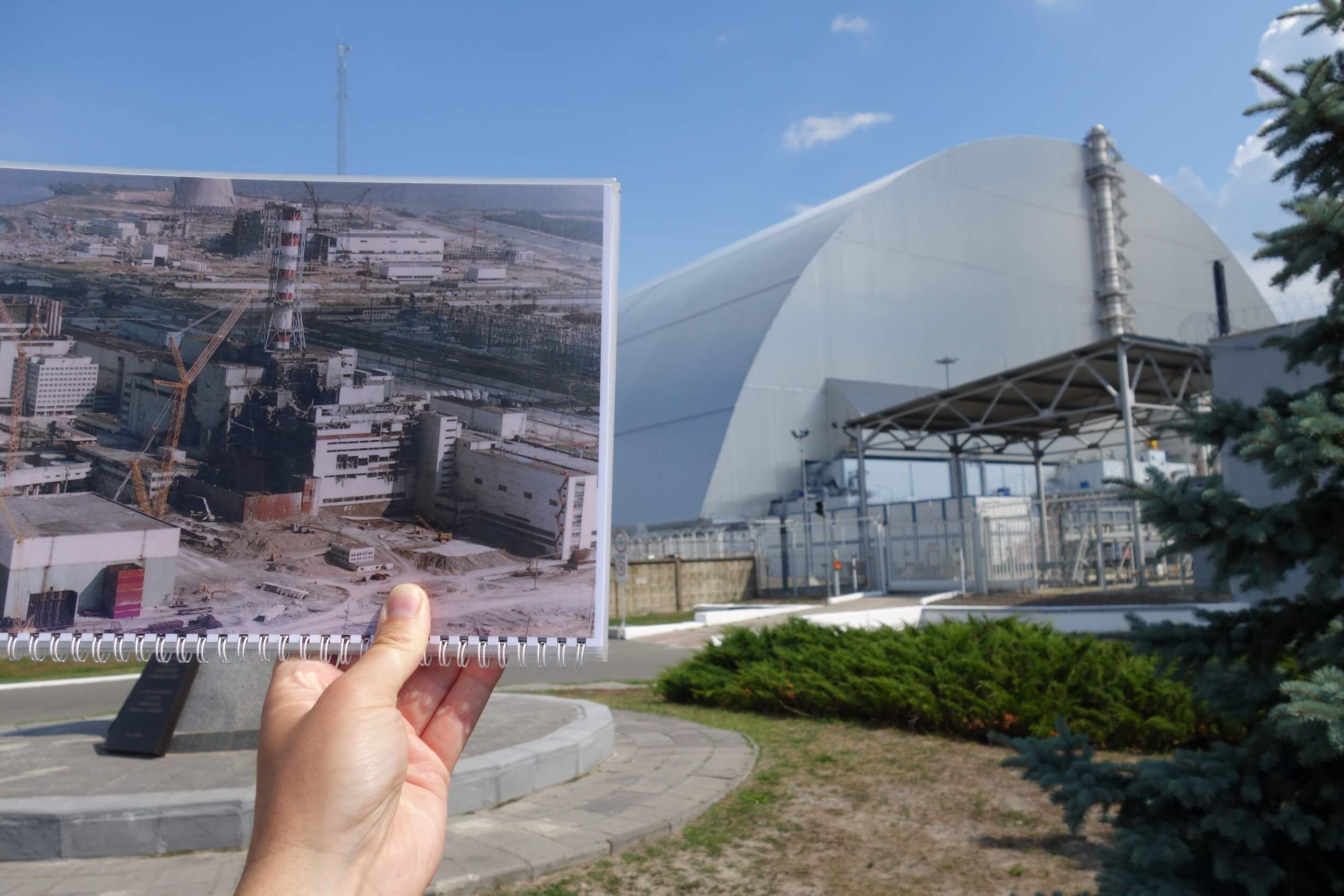
Over thirty years later, the brilliance of a conglomeration of leading global engineers and funding from 42 countries successfully created and installed a new $2B stainless steel sarcophagus over the reactor. Beginning next year, robots inside this containment area will begin dismantling the old covering and the reactor itself. The lifespan is estimated to be 100 years.
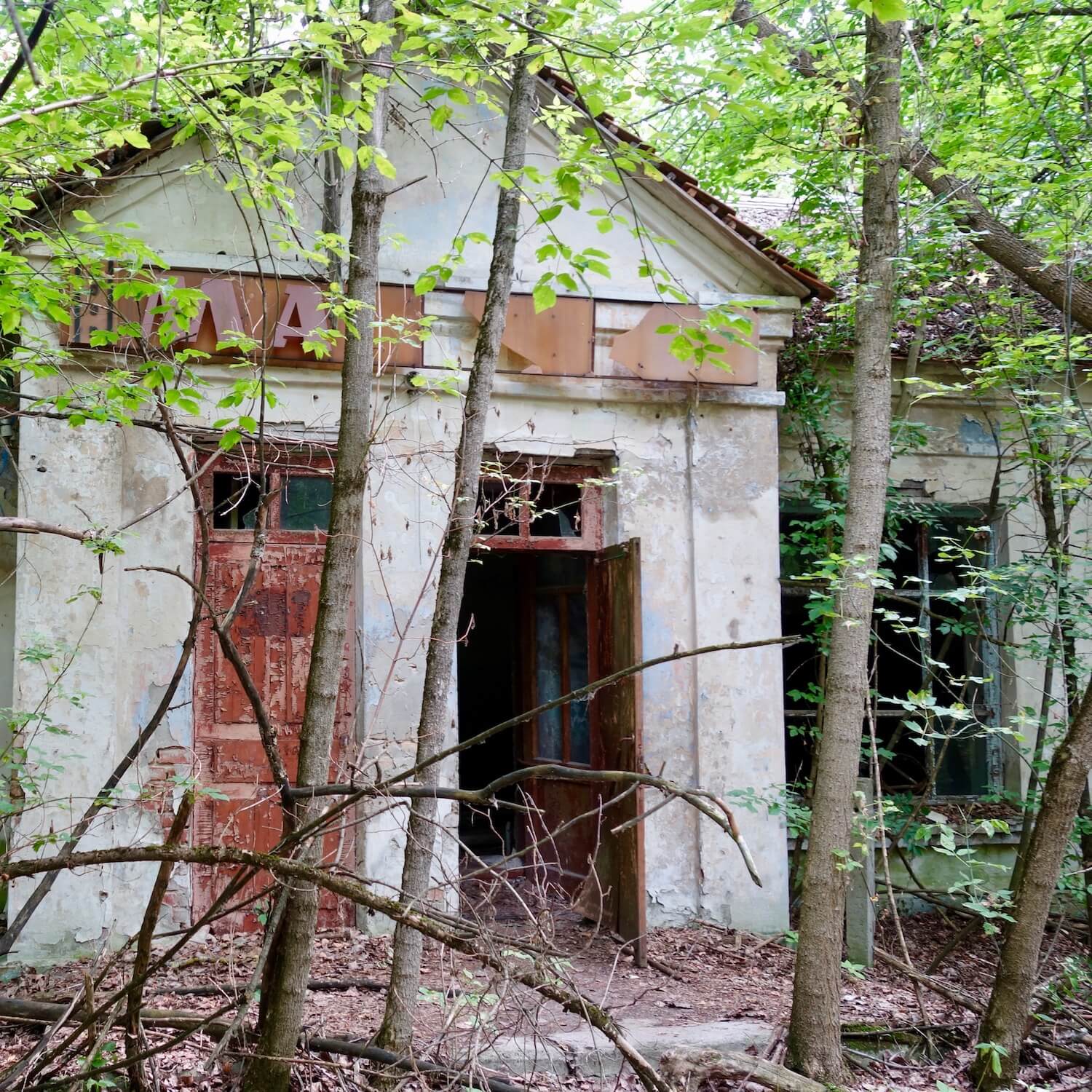
Mother Nature is also a leading hero in the fight to heal this region and protect generations to come from the still dangerous pockets of radioactive matter in and around the exclusion zone.

The tour led us through a variety of small villages, a military base and the amazing ghost town of Prypyat, which was a planned community built from scratch and designed to highlight the shining star of soviet achievement. Everywhere, trees and other plants are pushing up and growing in abundance, as if to say, “We’ve got this!”

While the buildings crumble, trees and plants stake their claim and are working to pull the radioactive materials from the earth and air and cleanse. It will take thousands of years, of course, but the process has begun.

Thousands of acres of land have been replanted with forests of thick pine trees, working hard to help.
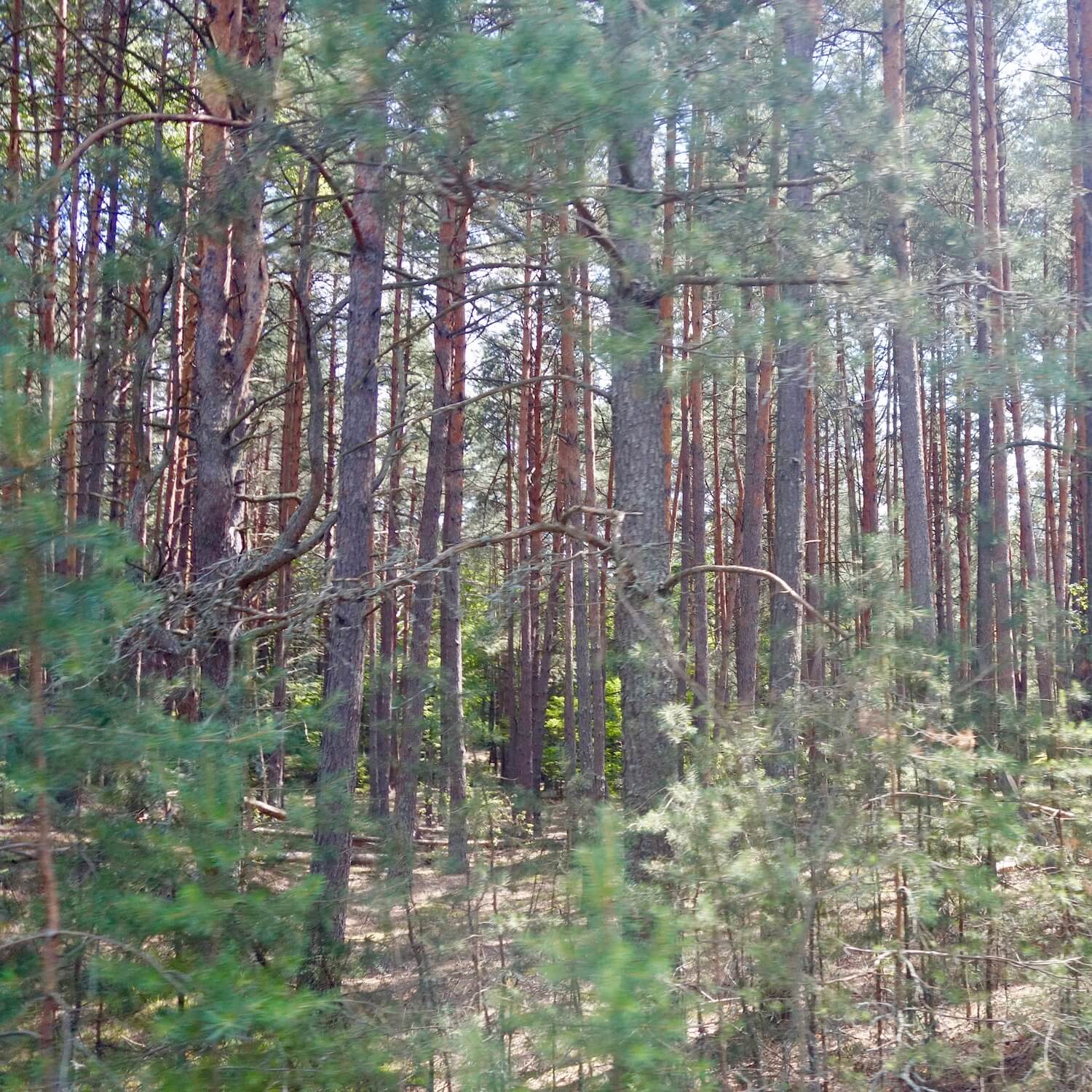
The fight to heal and live
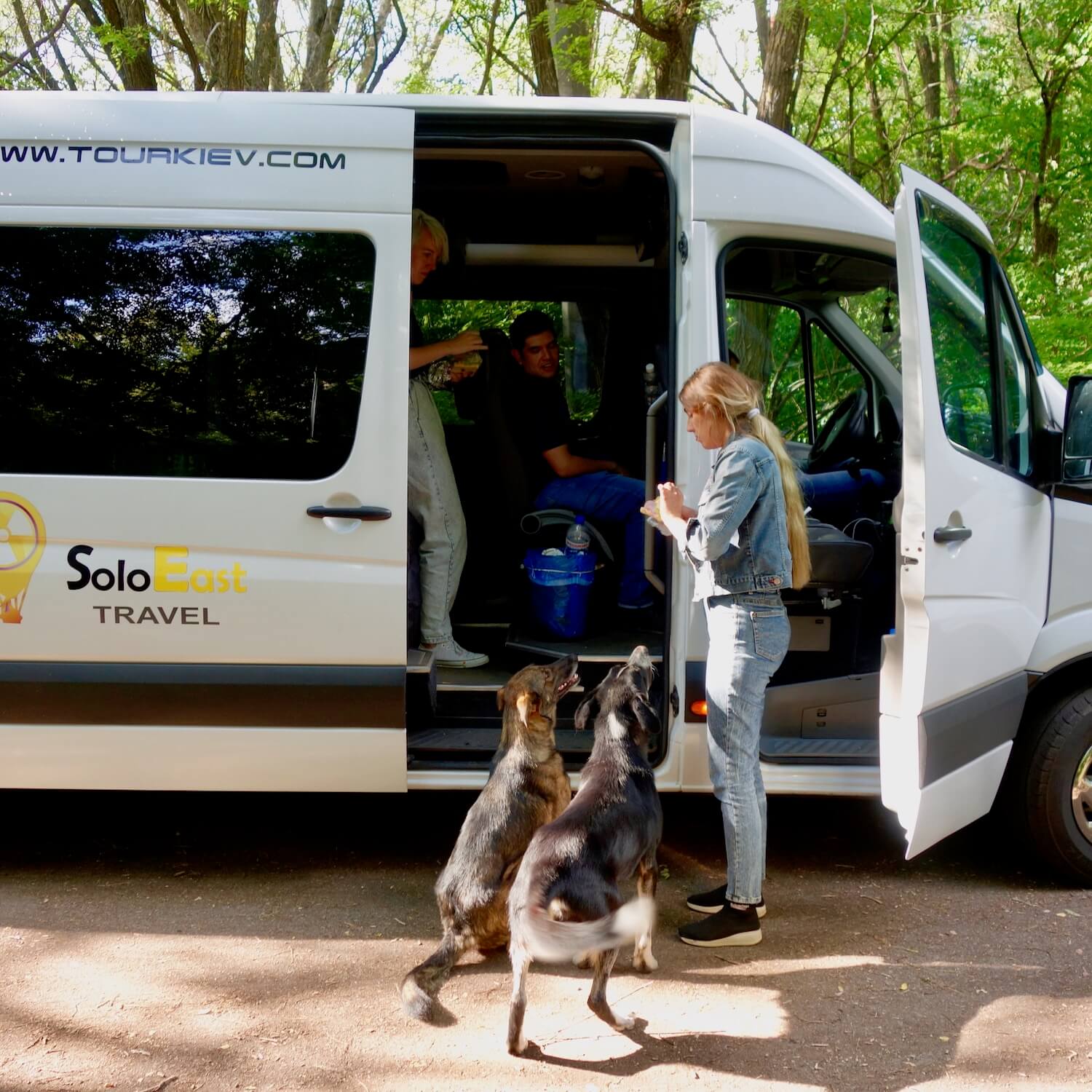
Chernobyl is much more than a selfie opportunity, or bragging rights. The disaster zone is very much alive. Alive with memories, spirit, hopes and dreams of those living there in 1986, global collaboration and powerful nature. There are even ferrel dogs that are descendants of pets left behind when everyone had to evacuate – a sign that life can continue even despite the harshest, tragic conditions.
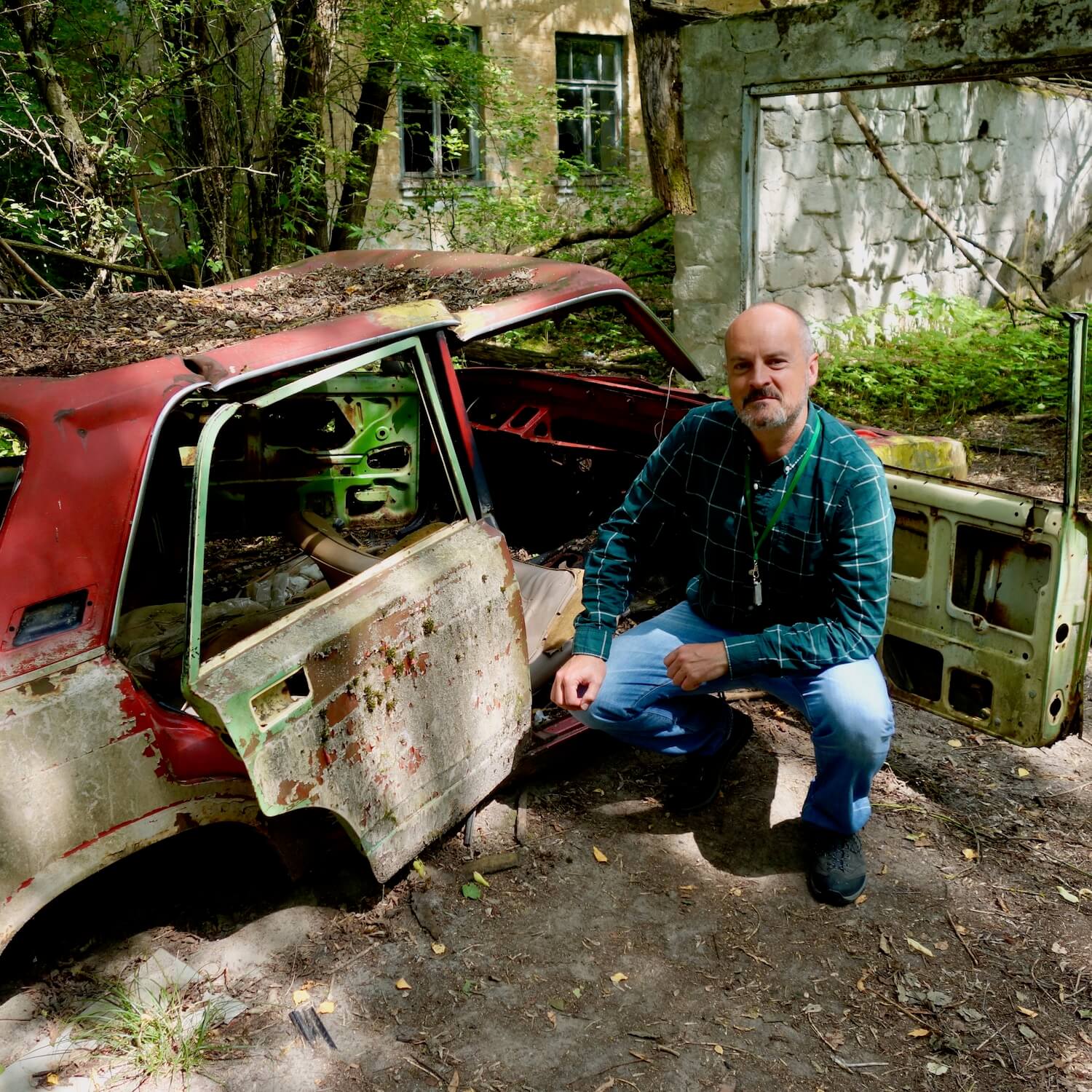
My final note: I didn’t touch, lick or sit on any metal objects, or anything for that matter, during my visit inside the exclusion zone. The estimated radiation impact of this visit is like three chest x-rays over the course of a year.
